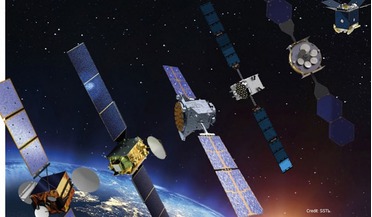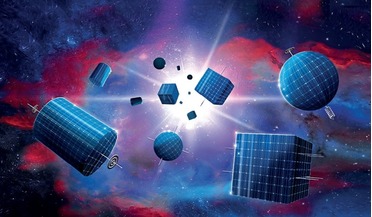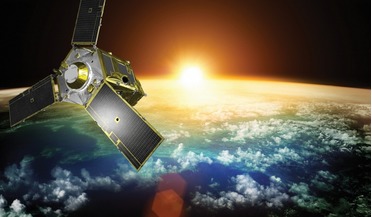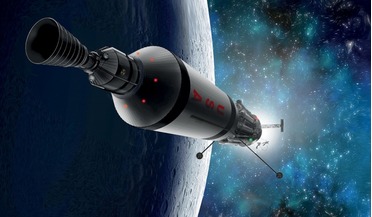 June 2015
Promoting growth at geostationary orbit with a one-stop-shop
June 2015
Promoting growth at geostationary orbit with a one-stop-shop
...of the work on Galileo, we came back to developing the geo platform. Working with help from the European Space Agency’s Advanced ... we could use to try to secure a customer for that first geo platform. If all goes to plan, the first customer will be ...
 February 2017
Protecting our space interests
February 2017
Protecting our space interests
... satellite systems, either in geostationary Earth orbit (GEO), where most telecommunications satellites are located, or ...functional satellites delivering a service, of which 450 are operating in GEO. Most of the rest are either in LEO or in the...
 August 2017
Big science from small spacecraft
August 2017
Big science from small spacecraft
... radio telescopes on Earth because they are blocked by our ionosphere. If we could position a radio telescope up at geostationary orbit (GEO) or higher, well above the ionosphere, we could observe and characterise these short-lived phenomena, a long...
 August 2017
Space invaders and the usual suspects - disruptive trends in Earth observation
August 2017
Space invaders and the usual suspects - disruptive trends in Earth observation
... at nadir from 510 km. The swath is 7 km. EROS-C is expected to be launched in 2019. It will deliver 0.4 m GSD from 500 km. e-GEOS operates the Cosmo-Skymed SAR constellation and distributes DigitalGlobe imagery in Europe. Space invaders Also known...
 November 2017
Managing air and space traffic from orbit
November 2017
Managing air and space traffic from orbit
... Service (EGNOS), which covers Europe, and the GPS Aided Geo Augmented Navigation (GAGAN) of India which covers Asia. With ...like rendezvous and docking, station-keeping formation flying and GEO satellite servicing. There is no doubt that GNSS PNT...
 January 2018
Creating a viable cislunar economy
January 2018
Creating a viable cislunar economy
... are low Earth orbit (LEO), geosynchronous orbit (GEO), Earth-moon Lagrange point number one (EML1), low..., manufacture the components at EML1, and assemble it in place at GEO, the economics move into the realm of feasibility. All transportation is ...